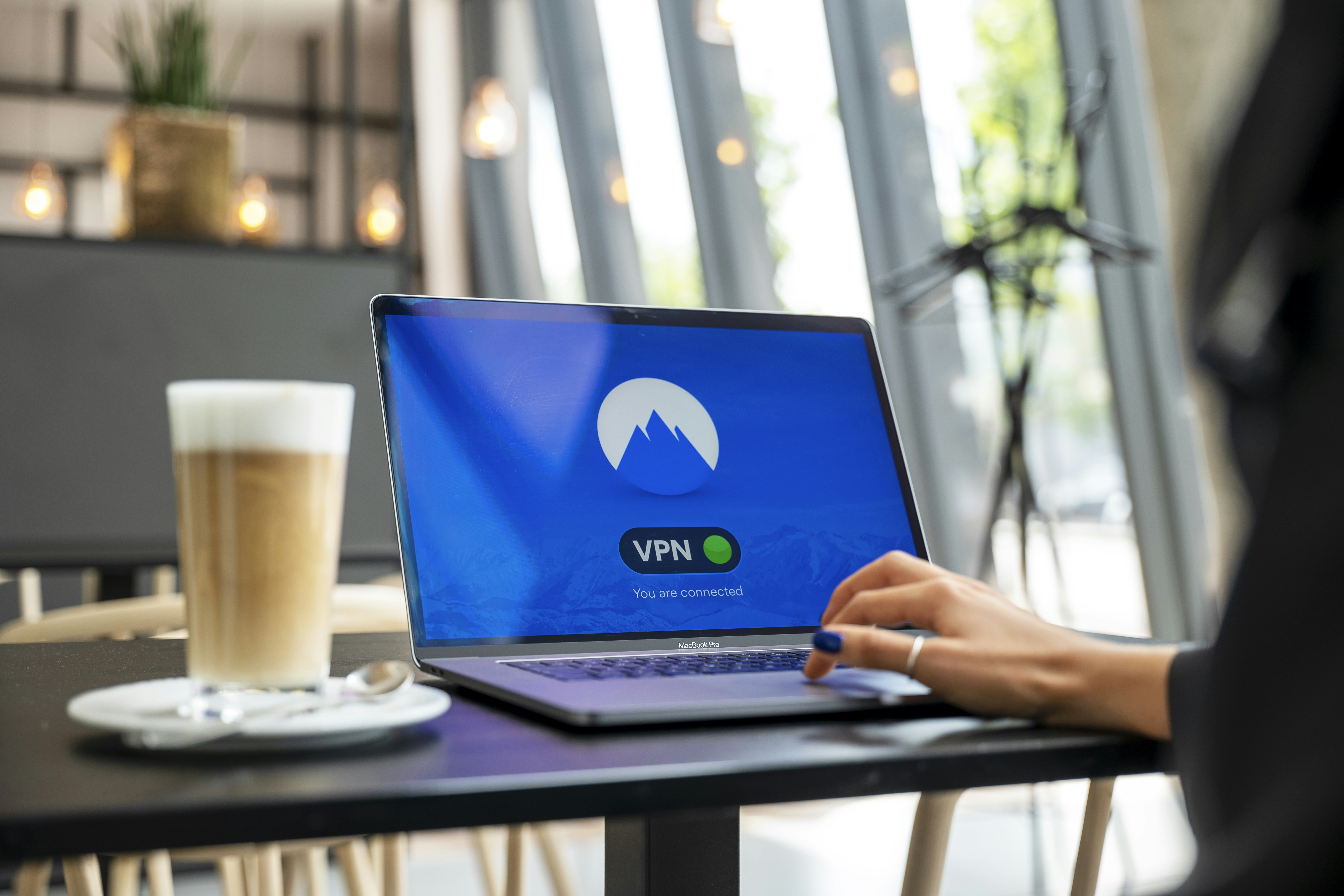Hey there! Worried about keeping your smartphone secure? Look no further! In this ultimate guide to smartphone security, we’ll give you an in-depth review of all the important aspects you need to know to safeguard your precious device. From tips on strong passwords and data encryption to protecting against malware and phishing attacks, we’ve got you covered. So, let’s dive right in and ensure that your smartphone remains safe and sound!
Password protection
When it comes to smartphone security, setting a strong and unique password is the first line of defense. A strong password should be a combination of letters (both uppercase and lowercase), numbers, and special characters. Avoid using common phrases or personal information that can be easily guessed. Furthermore, it’s crucial to use a different password for each of your accounts to prevent unauthorized access. By doing so, even if one account is compromised, your other accounts remain secure. Remember, your password is like the key to your phone, so make it as unique and strong as possible.
Use biometric authentication
Biometric authentication, such as fingerprint or facial recognition, adds an extra layer of security to your smartphone. By enabling biometric authentication, you ensure that only you can access your device. It provides a convenient and quick way of unlocking your phone, while also being highly secure. Biometric data is unique to each individual, making it difficult for others to replicate. So, take advantage of this feature to enhance the security of your smartphone and protect your personal information.
Enable two-factor authentication
Two-factor authentication (2FA) is another effective way to safeguard your smartphone. With 2FA, you add an extra step to the login process, requiring not only a password but also a secondary verification method. This can be a code sent to your registered email or a text message with a unique verification code. By enabling 2FA, even if someone manages to crack your password, they won’t be able to access your smartphone without the secondary verification. It’s a simple yet powerful method to protect your device and sensitive information.
Operating system updates
Regularly updating your smartphone’s operating system is crucial for maintaining its security. Operating system updates often include important security patches, bug fixes, and enhancements that protect against new threats and vulnerabilities. Hackers are constantly finding new ways to exploit weaknesses in the system, and updates help to address these issues. By keeping your operating system up to date, you ensure that your smartphone is equipped with the latest defenses against potential threats.

Enable automatic updates
To simplify the process of updating your smartphone’s operating system, it’s best to enable automatic updates. This way, your device will automatically download and install updates when they become available. Automatic updates ensure that you are always protected against the latest security risks without requiring manual intervention. It’s a convenient way to keep your smartphone secure without having to worry about missing any critical updates.
Stay vigilant for security patches
In addition to regular operating system updates, it’s important to stay vigilant for security patches. Sometimes, vulnerabilities are discovered after an operating system update is released. In such cases, the device manufacturers or software developers release security patches to address these specific vulnerabilities. Keep an eye out for these patches and promptly install them to ensure that your smartphone remains protected against any newly discovered threats.
App permissions
Reviewing and managing app permissions is essential for maintaining smartphone security. When you install an app, it often requests access to various features and information on your device, such as your camera, microphone, or location data. Take the time to review these permissions and consider whether the app genuinely needs access to such sensitive information. Grant permissions cautiously, and if you feel that an app is requesting excessive or unnecessary access, revoke those permissions. It’s better to be safe than sorry when it comes to protecting your personal data.
Grant permissions cautiously
While it may be tempting to grant all the requested permissions when installing an app, it’s important to exercise caution. Some apps may ask for unnecessary access to your personal information, which can compromise your privacy and security. Consider whether the requested permissions align with the app’s functionality and purpose. If something seems suspicious or excessive, it’s better to deny the permission or find an alternative app that respects your privacy more effectively.

Revoke unnecessary permissions
Periodically reviewing and revoking unnecessary permissions is a good habit for smartphone security. As you install and uninstall apps over time, some permissions may no longer be needed. By revoking unnecessary permissions, you reduce the potential risk of apps accessing your personal information without your knowledge. Take a look at your app permissions regularly and remove any access that you deem unnecessary or suspicious.
App sources
Downloading apps from trusted sources is crucial for smartphone security. Stick to official app stores like the Apple App Store for iOS or Google Play Store for Android to minimize the risk of downloading malicious apps. These app stores have strict security measures in place to ensure that the apps available are reliable and free from malware. While it may be tempting to download apps from third-party sources or websites, this increases the chances of downloading fake or malicious apps that can compromise your smartphone’s security.
Avoid sideloading apps from unknown sources
Sideloading apps from unknown sources means manually installing apps through files obtained from sources other than official app stores. While this may provide access to apps not available in app stores, it comes with significant risks. Unknown sources can host infected or counterfeit apps that can lead to data breaches or compromise your device’s security. It’s important to resist the temptation and only install apps from trusted sources to protect your smartphone and personal information.
Beware of fake or malicious apps
Fake or malicious apps pose a significant threat to smartphone security. These apps are designed to deceive users by imitating legitimate apps or offering enticing functionalities with hidden malicious intent. Be cautious while downloading apps and pay attention to the reviews, developer information, and official branding. Always verify the credibility of an app before installing it to reduce the risk of falling victim to fake or malicious apps.

Secure network connections
Connecting to trusted Wi-Fi networks is essential for maintaining the security of your smartphone. Public Wi-Fi networks, especially those without any password protection, are highly vulnerable to hacking and eavesdropping. When connected to an unsecured network, your data and personal information become easily accessible to attackers. Instead, opt for trusted networks that require a password or use your mobile data to ensure a secure connection. By doing so, you minimize the risks associated with using public Wi-Fi.
Use a virtual private network (VPN)
A virtual private network (VPN) provides an added layer of security when connecting to the internet. It encrypts your internet traffic and directs it through a secure tunnel, making it difficult for anyone to intercept and view your data. VPNs also enable you to access geo-restricted content and browse the internet anonymously. When using public Wi-Fi networks or even your home network, consider using a reputable VPN service to protect your smartphone from potential threats.
Avoid public Wi-Fi for sensitive tasks
Public Wi-Fi networks should be avoided whenever possible for sensitive tasks. While convenient, these networks are often unsecured, leaving your data vulnerable to interception by hackers. Avoid accessing or transmitting sensitive information, such as banking details or personal documents, when connected to public Wi-Fi. If you must perform such tasks, use your mobile data or a trusted VPN to ensure a secure connection. It’s better to be cautious and prioritize your smartphone’s security over convenience in such situations.
Avoid phishing scams
Phishing scams continue to be a prevalent threat in the digital world. Be cautious of suspicious emails and messages that attempt to trick you into revealing sensitive information or clicking on malicious links. Always double-check the sender’s email address and verify the authenticity of the message if you receive any suspicious requests. Avoid clicking on URLs in unknown or suspicious messages and instead manually type the URL into your browser. By educating yourself about common phishing techniques, you can protect yourself from falling victim to these scams.

Double-check URLs before clicking
Before clicking on any link, it’s essential to double-check the URL to ensure it is legitimate and secure. Attackers often use deceptive techniques to create URLs that appear similar to legitimate websites but contain slight variations. Look for misspellings, unusual characters, or unfamiliar domain extensions. Additionally, hover over a link with your mouse cursor (without clicking) to see the actual URL it leads to. By taking these precautions, you reduce the risk of being redirected to malicious websites that can compromise your smartphone’s security.
Educate yourself about common phishing techniques
The best defense against phishing scams is knowledge. Educate yourself about common phishing techniques so that you can recognize and avoid them. Phishing emails often use tactics like urgent requests, enticing offers, or impersonating trusted organizations to manipulate victims into taking action. Stay informed about the latest phishing trends and techniques through security blogs, news sources, or official security resources. By being proactive and vigilant, you can protect your smartphone and personal information from falling into the hands of cybercriminals.
Secure lock screen
Securing your smartphone’s lock screen is vital to prevent unauthorized access to your device. Set a strong lock screen PIN, pattern, or password that cannot be easily guessed. Avoid using common combinations like “1234” or “0000.” Additionally, enable lock screen timeout, which automatically locks your device after a period of inactivity. This ensures that even if you accidentally leave your phone unattended, it will be locked and require authentication to access any sensitive information.
Protect sensitive notifications on the lock screen
Your lock screen often displays notifications that can contain sensitive information. To enhance smartphone security, make sure to protect these notifications from prying eyes. Some smartphones allow you to hide the content of notifications until you unlock your device. Enable this feature to prevent anyone from reading your messages, emails, or other private notifications without your authorization. It’s a simple yet effective way to maintain the privacy and security of your smartphone.
Secure data encryption
Encrypting your smartphone’s storage adds an extra layer of protection to your personal data. Encryption scrambles the data on your device, making it unreadable without the correct decryption key. Most modern smartphones have built-in encryption features that you can enable in the settings. By encrypting your smartphone’s storage, you ensure that even if your device falls into the wrong hands, your personal information remains secure and inaccessible.
Use secure messaging apps for sensitive communications
When it comes to sensitive communications, such as sharing private information or confidential documents, it’s crucial to use secure messaging apps. These apps offer end-to-end encryption, ensuring that only the sender and intended recipient can access the messages. Popular secure messaging apps include Signal, WhatsApp (with end-to-end encryption enabled), and Telegram (in secret chat mode). By using these apps, you minimize the risk of interception and unauthorized access to your private conversations.
Consider remote wipe options
Remote wipe options provide an additional level of security in case your smartphone is lost or stolen. These options allow you to remotely erase all the data on your device, minimizing the risk of your personal information falling into the wrong hands. Check if your smartphone’s operating system or security apps offer remote wipe capabilities. By setting up and enabling this feature, you can protect your sensitive data even in unfortunate scenarios where you no longer have physical control over your smartphone.
Backup and restore
Regularly backing up your smartphone data is essential for both convenience and security. In case your device is lost, stolen, or damaged, having a recent backup ensures that you don’t lose valuable data such as contacts, photos, or documents. Choose a reliable backup method, such as cloud storage or physical backups, and schedule regular backups to avoid data loss. Additionally, test the restore process to ensure that you can successfully retrieve your data when needed. Remember, prevention is key, and having a backup plan is a crucial aspect of smartphone security.
Choose a reliable backup method
When selecting a backup method, it’s important to choose a reliable and secure option. Cloud storage services, like iCloud for iOS or Google Drive for Android, offer convenient ways to back up your smartphone data. These services encrypt your data during transmission and storage, ensuring its security. Alternatively, you can choose to create physical backups by connecting your smartphone to a computer and transferring the data. Regardless of the method you choose, ensure that it is reliable and trustworthy to safeguard your backup data.
Test the restore process
Backing up your smartphone data is only valuable if you can successfully restore it when needed. Regularly test the restore process to ensure that your backup is complete and that you can access your data as intended. This includes verifying that contacts, photos, documents, and any other important data can be successfully restored. By conducting periodic tests, you can have peace of mind knowing that your backup is reliable and that your data can be recovered in case of any unforeseen events.
Mobile security apps
Installing reputable mobile security apps is an additional measure to protect your smartphone from malware and other threats. These apps offer features such as malware scanning, safe browsing, and anti-theft protection. By regularly scanning your device for malware and taking advantage of the security features offered by these apps, you can minimize the risk of falling victim to malicious software. Familiarize yourself with the features of the security app you choose and customize its settings to suit your preferences and security needs.
Familiarize yourself with their features
It’s important to familiarize yourself with the features and capabilities of the mobile security app you install. Each app may offer different functionalities, such as real-time scanning, app locking, or remote tracking. Take the time to explore the app’s settings and customize them according to your preferences. By understanding and utilizing the features of your security app, you can effectively protect your smartphone from potential threats and enhance its overall security.
Regularly scan your device for malware
Regularly scanning your device for malware is a proactive approach to smartphone security. Mobile security apps often include malware scanning capabilities that detect and remove malicious software from your smartphone. It’s recommended to scan your device regularly, especially after downloading new apps or visiting unfamiliar websites. By doing so, you significantly reduce the risk of malware compromising your smartphone and ensure a safer digital experience.
In conclusion, smartphone security is a top priority in today’s digital world. By following these guidelines and implementing the recommended measures, you can enhance the security of your smartphone and protect your personal information. Set a strong and unique password, utilize biometric authentication, and enable two-factor authentication for an added layer of protection. Regularly update your operating system, review and manage app permissions, and download apps from trusted sources. Secure your network connections, be cautious of phishing scams, and protect your lock screen and sensitive data encryption. Backup your smartphone data, install reputable mobile security apps, and regularly scan for malware. With these practices in place, you can enjoy the convenience and benefits of your smartphone while ensuring its security.




